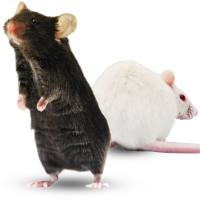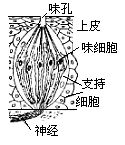Opiate Withdrawal-Produced Dysphoria: A Taste Preference Conditioning Model
互联网
564
The present chapter deals with a model of opiate abstinence in which the primary event is motivation, as indexed by the ability of withdrawal to produce avoidance behavior. The propensity of rodents to learn rapidly to avoid novel flavors paired with illness (Garcia et al., 1974 ; Rozin and Kalat, 1971 ) is the basis of this model, which should be viewed as analogous to that of simple place and taste preference conditioning models of the positive motivating effects of opiate administration (Rossi and Reid, 1976 ; Mucha and Herz, 1985 ). In the last few years, these models have resulted in a number of new and fruitful lines of anatomical (Zito et al., 1988 ; Mucha et al., 1985 ; Spyraki et al., 1988 ), behavioral (Lett and Grant, 1989 ; Martin et al., 1988 ; Vezina and Stewart, 1987 ), biochemical (Finlay et al., 1988 ), comparative (Mucha and Walker, 1987 ), genetic (Dymshitz and Lieblich, 1987 ), ontogenic (Kehoe and Blass, 1986 ; Schenk et al., 1985 ), and pharmacological (Acquas et al., 1989 ; Herz and Shippenberg, 1989 ; Mucha and Herz, 1985 ; Shippenberg and Herz, 1988 ) research.









